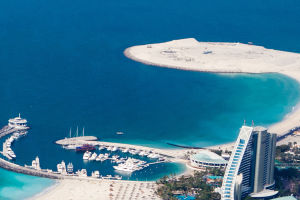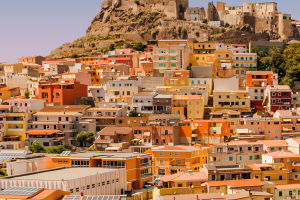Grassland
A grassland is a plain, which can be a low plain, a high plain or a plateau, and has all the characteristics of a plain landscape, such as flat or slightly undulating terrain, vast open spaces and endless rivers, which are mostly curving and flowing like ribbons of colour.
The grasslands are low, green plains that are very different from the plains forests, especially the rainforests. The forest is shaded, with thick shade, covering the sky, with a very short view, a deep beauty; the grassland is open, with a thousand miles of view, a bright beauty, a vast and open beauty. The different types of grass and the different heights of sparseness bring different beauty.
The beautiful sparsely forested grasslands are found in areas bordering forests and grasslands, where the forests are sparsely scattered or island-shaped, and where the forests develop into grasslands and can co-exist with meadows and marshes. Here you can see blue skies, white clouds, grasslands, sheep and cattle and a sea of dense forest.
Salt meadows, the most salt-tolerant type of grassland, are composed of salt-tolerant or salt-resistant perennial plants. Salt meadows are poor in species composition due to the harsh environmental conditions, and many species have characteristics adapted to saline soils.
Some species have deep root systems to avoid the highly saline surface soils; some have fleshy leaves; others avoid the danger of excess metal ions by secreting salt outwards. One representative of this is the splendid salt meadow, in which the splendid grass is a saline dry grass with a wide range of ecological adaptations, often forming huge dense clumps.
Grasslands cover 20% of the earth's surface and such large areas, formed under different climatic conditions, exhibit different phenological characteristics and have different plant and animal species composition. Grassland scientists have classified it into different types of grassland, such as tall grassland, short grassland as well as savanna, desert and meadow.
Of these different types of grassland, tall grassland is the most productive and has the most fertile soils.
In contrast to tall grasslands, short grasslands are natural grasslands where the grass is about 50 cm high.
This type of grassland is formed in climates with less than 400 mm of precipitation. These grasslands have a relatively simple plant species composition, low grass production and poor natural conditions.
They are found in the central part of the Eurasian steppe, in the western United States and on the outskirts of the African desert. Worldwide, most of these grasslands are still in their original state.
They have not been reclaimed for farming and are mainly used for grazing and raising sheep and cattle, making them an important base for livestock farming.
When it comes to the most beautiful summer scenery, how can you beat the endless grasslands?
The blue sky and white clouds, the blue grass reflecting in the rivers, a refreshing summer.
Tanzania's Serengeti grasslands are a natural zoo of wildlife, the only area in Africa where many animals still inhabit and migrate.
The Serengeti National Wildlife Park, stretching from the south-eastern shore of Lake Victoria eastwards and south-eastwards for 160 square kilometres, is home to 1.5 million African oryx, 200,000 zebras and an equally large number of antelopes and other animals that migrate through the area. There is nothing more spectacular than the annual migration of the Serengeti's hornbills.
Every June, when pastures are thin and rivers are dry, millions of horned horses march to the north and north-west, only to return to their homeland in November during the rainy season. The horned horses migrate at a slow to fast pace and then gallop in a spectacular display of yellow dust and roar.


